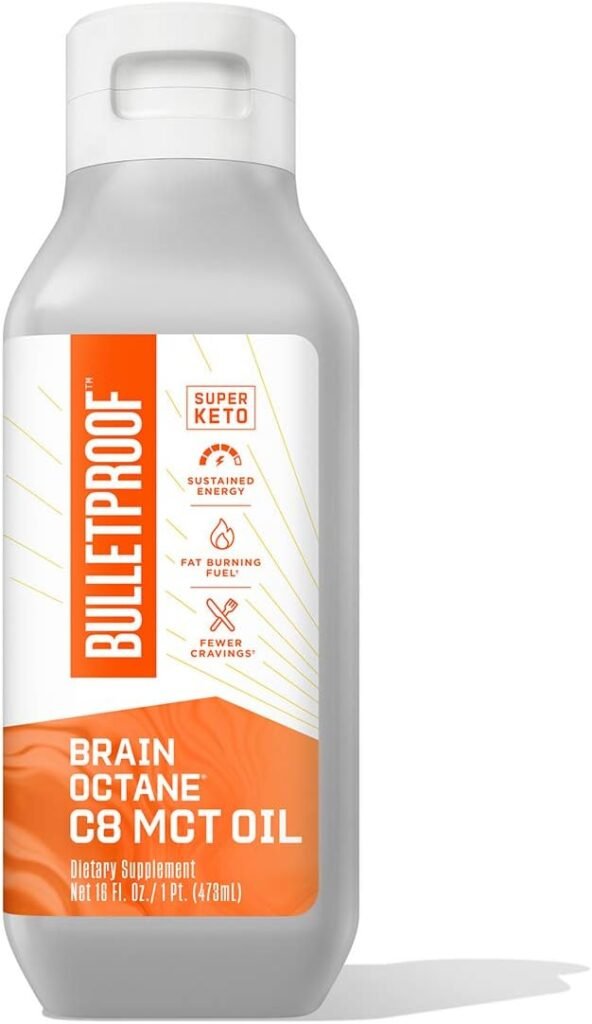Dealing with facial seborrheic dermatitis can be frustrating, especially when redness, flakiness, and irritation seem impossible to tame. Over time, I’ve discovered topical ingredients that have made a noticeable difference in managing my stubborn facial seb derm. Each of these has unique benefits, but they also come with their own quirks and considerations.
1. Urea: The Ultimate Flake Fighter
When it comes to tackling the stubborn flakes and scales that often appear on the face with seborrheic dermatitis, urea has been a lifesaver for me. It’s a multitasking ingredient that works as a humectant, drawing moisture into the skin to keep it hydrated, while also gently exfoliating to remove dead skin cells. This dual action makes it ideal for softening and smoothing rough, flaky patches on areas like the cheeks, nose, and eyebrows.
Urea is gentle enough for regular use but still effective enough to deliver noticeable results in just a few applications. My personal favorite product is the Hada Labo Tokyo Plumping Gel Cream. While it contains arginine, which isn’t considered 100% safe for Malassezia (the yeast linked to seb derm), It worked pretty well for me. That said, always patch-test and monitor your skin’s reaction, as everyone’s tolerance can vary.
Buy it on Amazon: https://amzn.to/3EtbcC2
2. Azelaic Acid: The Redness Reducer
Azelaic acid has been a game-changer for me when it comes to managing the redness and irritation that often come with seborrheic dermatitis. While it’s not the most potent anti-inflammatory ingredient out there, it somehow works incredibly well at calming seb derm. It’s also a great option if you’re dealing with acne or blemishes, as it helps address multiple skin concerns at once.
But azelaic acid can be a bit tricky for sensitive facial skin. Some people (myself included) find it slightly itchy or irritating, especially at higher concentrations. If you’re new to azelaic acid, start with a lower concentration and patch-test before applying it to your entire face. Despite the occasional itchiness, it’s been a reliable part of my routine for keeping facial redness under control.
I’ve had success with Azclear Action Medicated Lotion, which contains Azelaic Acid at 20%. For lower concentration, you can try Malassezia safe option like Anua Azelaic Acid 10+ Hyaluron
https://amzn.to/3WD5HqT
3. MCT Oil: The Flare-Up Soother
MCT oil is one of the most talked-about treatments in the seborrheic dermatitis community, and for good reason. It’s antifungal, lightweight, and doesn’t feed the Malassezia yeast, making it a safe option for active flare-ups.
However, results with MCT oil can be mixed. While some people swear by its effectiveness, others don’t find it provides significant relief. Still, it’s worth trying to see if it works for you, as many in the community have had success with it. Just make sure to use pure MCT oil (like the one linked below) to avoid any ingredients that could trigger flare-ups.

